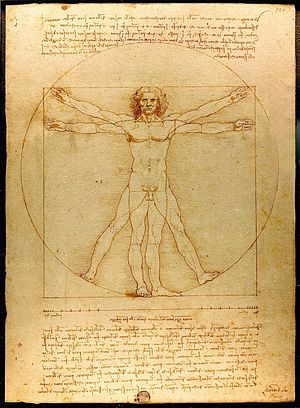The Quantified Workforce Drives Improved Productivity And Safety

You've probably heard about the Quantified Self (QS), a movement that aims to capture, analyze, and act upon data from the human body in the interest of better health, fitter athletes, and sharper minds. Today, QS is giving way to QW — Quantified Workforce. A variety of technologies — devices, software, services — can quantify the health, fitness, mental acuity, timeliness, and collaboration of workers. Many of these services are ready for prime time, but present some challenges in implementing. These challenges aren't primarily technological; they're related to privacy, workers' rights, and human resources policies. Done right, though, quantifying the workforce can drive both top- and bottom- line growth in your company's business.
I've analyzed this trend in a new report, Smart Body, Smarter Workforce. Here are just a couple of examples of how quantifying the workforce can drive better business outcomes:
- Lower the company's insurance rates. In January, 2014, Forrester predicted that insurance companies would offer lower rates to individuals who donned wearables — and we are now seeing that response. In April, 2015, John Hancock announced an opportunity for buyers of its term and life insurance policies to earn up to 15% discount on their insurance rates by wearing a Fitbit, sharing the data with the company, and meeting certain activity levels.
- Optimize personnel deployments. Workers' mental and physical states can determine their levels of creativity, productivity, innovation, and customer service. One company is piloting the use of wearable devices to determine which workers are in the best shape to be deployed into dangerous field conditions (like severe heat or complex actions requiring the use of dangerous tools). By doing so, they hope to deploy a worker with not just the right skill set, but also the right physiological state as well — leading to increased worker safety.
How can I&O leaders take advantage of this opportunity? By investing in technologies that help workers improve their mental, physical, and collaborative states. A couple of examples — there are more in the report — include:
- Mindfulness. Recent research into cognition suggests that mindfulness — the quality of actively noticing new things, of living in the moment, and of quiet attention — offers a psychological strategy for improved performance, lower stress, and higher creativity. Happify, an iOS app, train's the user's brain to experience moments of calm and mindfulness with mental exercises that take between 2 and 10 minutes.
- Improved sleep. Sleep deprivation is a productivity killer, but it's also a literal killer: 100,000 crashes in the US are the direct result of driver fatigue, leading to over 1,500 deaths per year. The Withings Aura system not only tracks sleep, it endeavors to improve it by projecting specific spectra of light into the room during sleep to alter sleep patterns.
While these positive effects are — pardon the pun — quantifiable for businesses, implementing Quantified Workforce solutions isn't easy. Privacy is a key issue here, and many of the technologies are also immature. But quantifying the right mental, physical, and collaborative factors promises to drive productivity and improve worker safety, among other benefits.
I invite you to read and download the new report, Smart Body, Smarter Workforce for deeper insights and analysis.
J. P. Gownder is a vice president and principal analyst serving Infrastructure & Operations Professionals. Onalytica named him one of the five most important people on wearable computing for 2015. Follow him on Twitter at @jgownder
